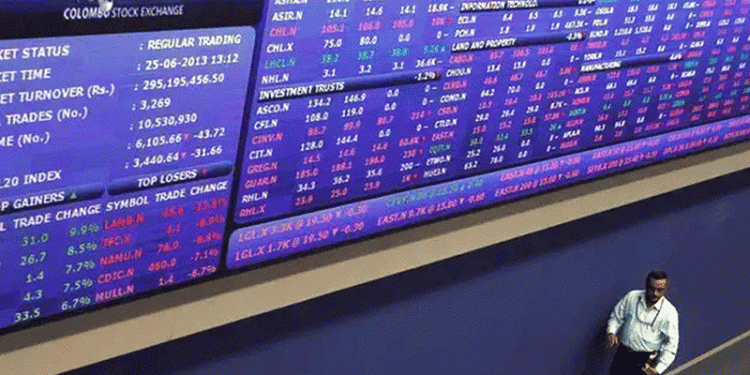Rubber product sector
Maintain neutral: We remain “neutral” on the rubber product sector due to the recent volatility in the ringgit, although we see interesting trading opportunities for stocks in the sector. We think that when the ringgit stabilises, stock valuations can edge closer to their respective intrinsic values, as investors refocus on fundamentals. Supermax Corp Bhd remains our top pick, on the back of superior earnings growth, with a three-year earnings per share (EPS) compound annual growth rate of 22% and lower valuations against peers.

Fourth quarter of 2015 (4Q15) rubber product sector earnings were in line with expectations, posting a 2.3% quarter-on-quarter (q-o-q) contraction from the absence of new capacity growth and cost savings pass-through to clients, which led to lower average selling prices (ASPs). We expect 1Q16 sector earnings to be flattish q-o-q, as earnings growth from added capacity could be weighed down by higher costs and ASP pressures from heightened competition, particularly in the nitrile glove segment.
While we forecast a slower 2016 sector production output growth of 15.6% (2015: 21.1%), our channel checks revealed increased concerns about price competition. We believe this could complicate cost pass-through between manufacturers and clients, as the former maintain price competitiveness to gain market share in the higher-cost environment — namely, the increase in natural gas tariffs and labour cost increases in 2016, which could crimp margins.
But we believe the increasing competition is healthy for the industry over the long run, which would help weed out weaker manufacturers and allow better glove pricing power. As the industry has relatively low barriers to entry and homogenous products, cost efficiency would be a major differentiating factor, where we believe better operating margins could translate into better pricing power against global manufacturers.
We like Karex Bhd for its diversification into the own brand manufacturer segment, while maintaining its dominant position in the original equipment manufacturer market, where we forecast a three-year EPS growth of 26%. We are also positive on its acquisition of TheyFit.
The key upside risk to our view would be a sector rerating, driven by liquidity buoyed by market risk aversion. Downside risks are a stronger ringgit, a spike in raw material prices and delays in capacity expansion plans. — RHB Research Institute, March 22


























